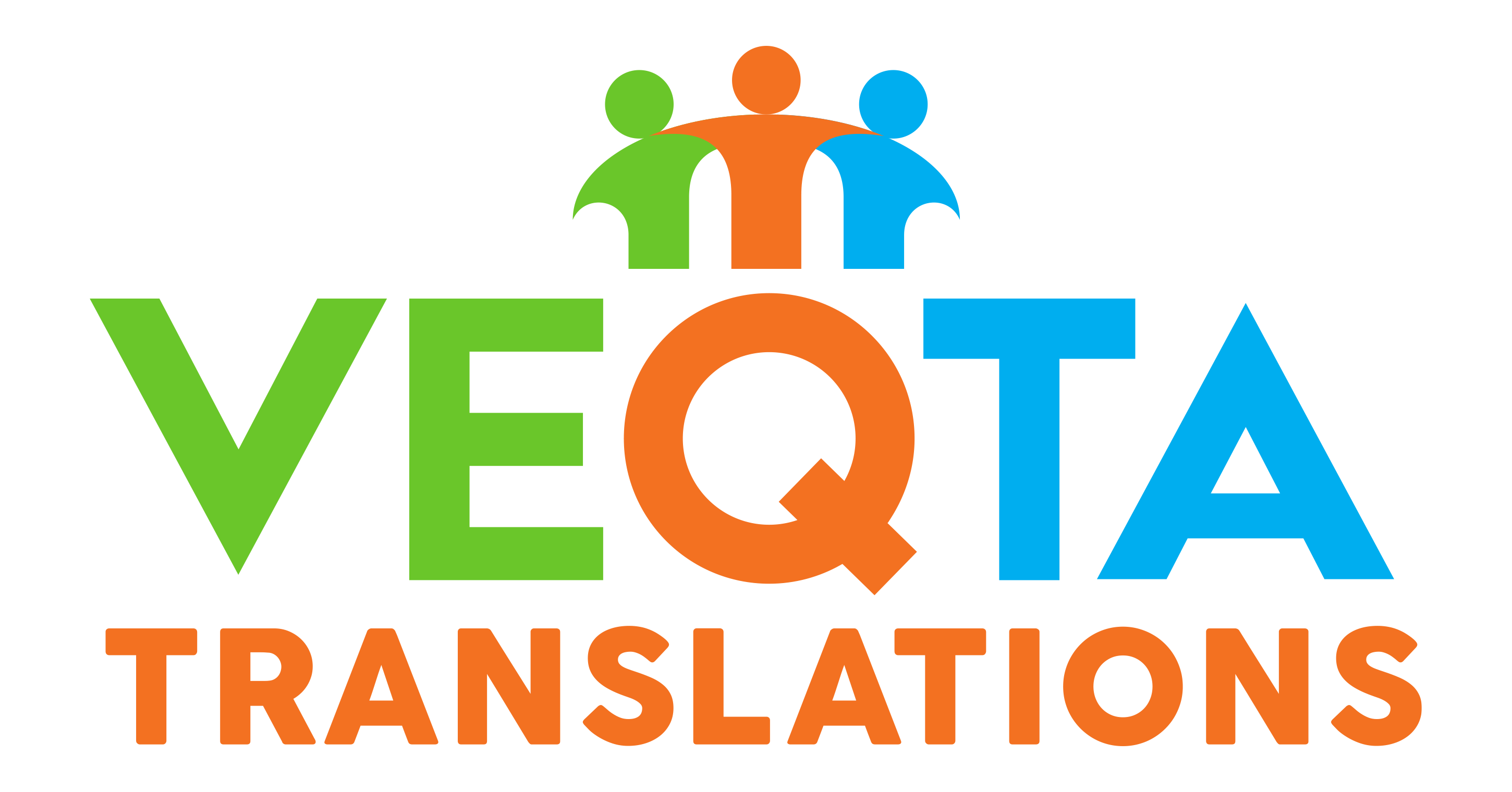Our native Icelandic translators will be assigned on the project according to their experience with similar content. We only use experienced native translators who have been thoroughly vetted by language testing proficiency tests.

TRANSLATE ICELANDIC to english TODAY!
Professional English to Icelandic Translation Service
At VEQTA Translations, we offer certified English to Icelandic translation services by experienced Icelandic translators. Our meticulous approach ensures that every translation not only mirrors the original text but also captures its true essence. Our Icelandic translators are native speakers with extensive expertise in various industry-specific areas including Marketing, Human Resources, Finance, IT, Legal, and Tourism & Travel. They are strategically located in Malaysia and Singapore to serve local and global clients effectively.
Key Services:
• English to Icelandic Translation
• Icelandic to English Translation
Icelandic stands out among modern languages due to its preservation of many ancient linguistic features. A particular challenge in localization in Icelandic involves ensuring that neologisms, often created for technical terms, are comprehensible to the general public. Unlike many languages that borrow extensively, Icelandic frequently generates its own new words. At VEQTA, our Icelandic translators honor this rich linguistic heritage and ensure that your translations uphold both linguistic precision and cultural integrity.
As a leading language service provider in Malaysia, VEQTA Translations specializes in providing comprehensive localization and translation solutions across a wide range of commercial languages. Our team of subject matter experts delivers flawless Icelandic translations tailored for major industries. We utilize best practices in localization, including style guides, glossaries, CAT Tools, and rigorous quality assurance processes. Our trusted services extend to clients in Selangor, Johor, Sabah, Penang, Singapore, and globally, ensuring exceptional translations for Icelandic markets.
Once the translation has passed certain quality criteria, it’s passed to the Editor. The Icelandic Editor is a senior translator who will go through and polish the text, e.g correcting syntax, grammar and flow.
As a final quality assurance step, we will go through the Icelandic documents again to give it an overall quality check, check on typos, any missing content and correct any inconsistencies in the translation.
We translate English to Icelandic for Marketing, Websites and Apps
Icelandic language translation requires Subject Matter Expertise for a perfect result.
We provide Icelandic terminology experts who has worked in a related field of the source material in Icelandic.
Voice over in Icelandic language and an array accents and other languages for cold or hot recording for broadcasting, e-learning modules or voice or video translation for corporate use.
Icelandic is an important language to consider for translation of your marketing material. A high quality translation will give you the maximum impact of your marketing material!
English to Icelandic Language Expertise
- Icelandic Subject Expertise
- Icelandic Editors
- Icelandic Reviewers
- Icelandic Subtitling
- Icelandic Translators
- Icelandic Copywriters
- Icelandic Voice dubbing
- Icelandic Transcription
A dedicated team of Icelandic translators who combines Experience, Specialized Subject Matter Expertise with Translation Practices to deliver quality second to none.
English to Icelandic Localization Solutions
- Icelandic Document Translation
- Icelandic I.T Translation
- Icelandic Medical Translation
- Icelandic Financial & Accounting Translation
- Icelandic Legal Translation
- Icelandic Health & Fitness Translation
- Icelandic Marketing Translation
- Icelandic Tourism & Travel Translation
Need a quote?
Connect with your Linguistic Translation Specialist Today!
Fast, Accurate & Affordable Translation Solutions!
Get In Touch
Singapore: +65 6829 7058
Malaysia: +60 3 2776 6812
Thailand: +66 98357 8074
info@veqta.com
Translation & Localization Services in Over 200 Languages

Asian
- Chinese Translation Services
- Thai Translation Services
- Japanese Translation Services
- Korean Translation Services
- Indonesian Translation Services
- Lao Translation Services
- Philippines (Tagalog) Translation Services
- Vietnamese Translation Services
- Burmese Translation Services
- Cambodian (Khmer) Translation Services
- Kazakhstan (Kazakh) Translation Services
- Mongolian Translation Services
- Persian (Farsi) Translation Services
- Armenian Translation Services
European
- French Translation Services
- German Translation Services
- Spanish Translation Services
- Italian Translation Services
- Greek Translation Services
- Portuguese Translation Services
- Dutch Translation Services
- Turkish Translation Services
- Swedish Translation Services
- Norwegian Translation Services
- Danish Translation Services
- Finnish Translation Services
- Icelandic Translation Services
- Croatian Translation Services
- Maltese Translation Services
- Macedonian Translation Services
- Catalan Translation Services
Eastern European
- Russian Translation Services
- Polish Translation Services
- Romanian Translation Services
- Hungarian Translation Services
- Ukrainian Translation Services
- Czech Translation Services
- Bulgarian Translation Services
- Estonian Translation Services
- Belarusian Translation Services
- Lithuanian Translation Services
- Bosnian Translation Services

